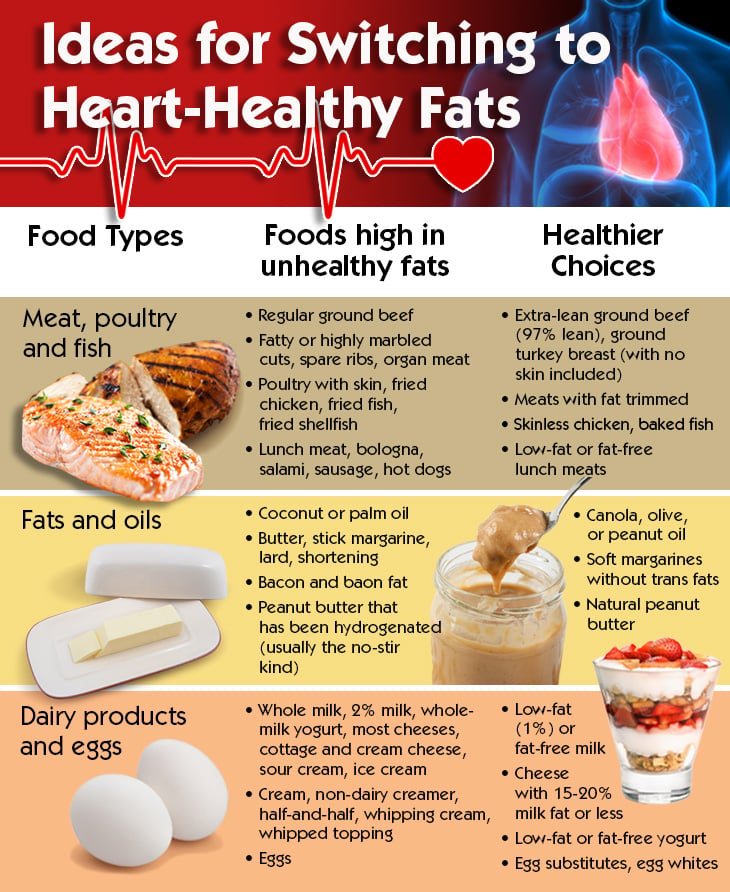
Heart Health and Aging: Coronary Heart Disease and How to Prevent it
Heart disease is the leading killer of Americans, claiming more lives than all forms of cancer combined. This fact is a scary reality that far too many have to face. To start, let's talk about what coronary heart disease is.
Another term that is also used interchangeably with coronary heart disease is coronary artery disease. Coronary artery disease is actually an ailment which causes coronary heart disease, a condition in which the heart can't pump blood well to the rest of the body.
When someone suffers from coronary artery disease, they experience a build-up of cholesterol and fatty deposits (plaques) on the inner walls of the arteries, also known as atherosclerosis. These plaques block these passageways and restrict blood flow to the heart. Coronary artery disease can cause partial or entire clogging of the artery, which can result in an abnormal heartbeat (arrhythmia) or heart failure. The consequences of coronary artery disease cause damage to the heart muscle.
Symptoms of coronary artery disease include angina (chest pain due to lack of oxygen in the heart), tightness in arms, back, the back of the neck, or jaw, shortness of breath and heart attack (occurs when an artery becomes entirely blocked).
Coronary artery disease can be identified in a variety of ways:
- Electrocardiogram (EKG)- measures the electrical activity of the heartbeat
- Stress test- shows how your heart works during physical exercise
- Echocardiogram- a graphic outline of the hearts movement using ultrasound technology
- Chest X-ray- a radiograph of the heart and surrounding structures
- Blood tests- measures a protein component in the blood associated with atherosclerosis (narrowing or blockage of an artery)
- Cardiac catheterization and coronary angiogram- a catheter is used to inject a radiopaque contrast agent into the blood vessels to be more clearly seen in a radiograph
With 16.5 million Americans affected by coronary heart disease, it is vital to become familiar with risk factors associated with the disease. There are a variety of non-modifiable and modifiable risk factors for coronary heart disease.
Non-modifiable risk factors:
- Male gender-men are twice more likely than women to develop coronary heart disease
- Age- roughly 80% of those who die from coronary heart disease are age 65 and over
- Family history-the highest risk of developing coronary heart disease is if your father or brother was diagnosed before the age of 55 and if your sister or mother developed it before age 65
- Race- African African Americans, Mexican Americans, American Indians, Native Hawaiians, and Asian Americans are all at higher risk of developing coronary heart disease
Modifiable Risk Factors
- Cigarette smoking
- High blood cholesterol and high triglycerides
- High blood pressure
- Uncontrolled diabetes
- Physical inactivity
- Being overweight
- Uncontrolled stress or anger
- Unhealthy diet
Many modifiable risk factors of coronary heart disease go hand in hand. A combination of physical inactivity and unhealthy diet lead to being overweight and often increase the chances of developing high blood pressure and high cholesterol.
That being said, these are modifiable risk factors. One of the most significant ways to reduce your risk of developing coronary heart disease is to eat a healthy diet and live an active lifestyle.
Studies show that a heart-healthy diet may reduce your risk of coronary heart disease or stroke by 80 percent. You read that right... 80 percent! This statistic should be one that can motivate anyone to get themselves on the right track towards coronary heart disease prevention. You don't put your seatbelt on after a car crash, so why wait to practice heart health in your daily life?
Implementing a Heart Healthy Diet
Cut out processed foods
Trade out your packaged and fried food and sugary snacks with more natural foods with less processing. The fewer ingredients on the label, the better.
Be mindful of the fats you are consuming
As many know, there are good fats and bad fats. Minimize trans fats and saturated fats and eat more foods with monounsaturated and polyunsaturated fats. Trans fats and saturated fats are often responsible for increasing your cholesterol level, which is a modifiable risk factor for coronary heart disease. Healthy fats like omega 3 fatty acids are excellent fats for improving cholesterol levels and lowering your risk for coronary heart disease. Remember: saturated=bad and unsaturated=good.- Fats to avoid
- commercially baked goods, fried foods, and partially hydrogenated oil like vegetable oil
- Fats to limit
- eggs, dairy, tropical oils like coconut oil, and red meat
- Fats to include
- fatty fish like salmon, trout or herring, flaxseed, soybeans kale, spinach, walnuts, olive oil, avocados, nuts, and nut butters.

Decrease sugar intake
Like fats, there are different kinds of sugars in the foods we eat. The two types of sugars are simple sugars and added sugars. Simple sugars are those found naturally in things like fruits and vegetables, while added sugars are things like table sugar and high fructose corn syrup. Added sugars have no nutritional value, and when eating them, you simply consume calories with no nutrients or fiber.
On the other hand, simple sugars that are naturally found in foods also come equipped with vitamins, minerals, protein, and fiber. The difference here is that fiber helps to slow down the absorption of sugar, causing a low impact on blood sugar, while added sugars spike sugar because of how quickly they are absorbed into the bloodstream. Added sugars are linked to increased risk for many conditions, including coronary heart disease.
- Ways to decrease sugar intake
- Stop buying processed foods
- Make your own spaghetti sauce
- Swap fruit juice with whole fruit
- Avoid flavored yogurt
- Make your own salad dressing
- Set limits for sweet treats
- Don't keep treats with added sugars in the house
- Try stevia instead of adding sugar
- Eat dark chocolate
- Avoid mixed drinks
- Cut out soda and other sugary beverages
Increase Fiber Intake
Fiber is a carbohydrate that your body cannot break down. It does an excellent job of lowering cholesterol (one of the modifiable risk factors of coronary heart disease) in the body by binding with cholesterol particles in your digestive system and moving them out of the body before they're absorbed. It also aids in lowering blood pressure and pulse pressure.
Additionally, since fiber remains in the stomach much longer, it helps you to eat less because it makes you feel fuller quicker and for a more extended period of time. According to research done by Harvard Medical School, people whose diets are high in fiber are less likely to have problems such as metabolic syndrome, which can be a precursor to diabetes.
Metabolic syndrome, which is marked by too much belly fat, high triglycerides, low beneficial HDL cholesterol, high blood pressure, and high blood sugar, boosts a person's odds of developing diabetes, heart disease, and having a stroke.
- Foods High in Fiber
- Whole grains
- Wheat cereals
- Carrots
- Celery
- Tomatoes
- Barley
- Oatmeal
- Beans
- Nuts
- Apples
- Berries
- Citrus fruits
- Pears
The biggest take away from everything you just read is that aside from predisposition risk factors, coronary heart disease can be preventable. By being mindful of diet and exercise is the number one preventative measure, you can take to help decrease your odds of developing coronary heart disease.
Diet and exercise are only two important factors for maintaining your health as you get older. For more information on ways to stay healthy during your senior years, download our free eBook!


